We may earn money or products from the companies mentioned in this post. This means if you click on the link and purchase the item, I will receive a small commission at no extra cost to you … you’re just helping re-supply our family’s travel fund.
Cuba, the island nation just 90 miles from Key West, continues to hold a mythical allure while generating confusion when it comes to U.S. travel rules. Maybe you’ve dreamed of exploring Old Havana’s colorful streets or relaxing on its beaches but wondered if it is even possible. The answer is yes, Americans can travel to Cuba. To enjoy the experience legally and responsibly, it is essential to understand the current regulations.
1. Yes, Americans Can Travel to Cuba
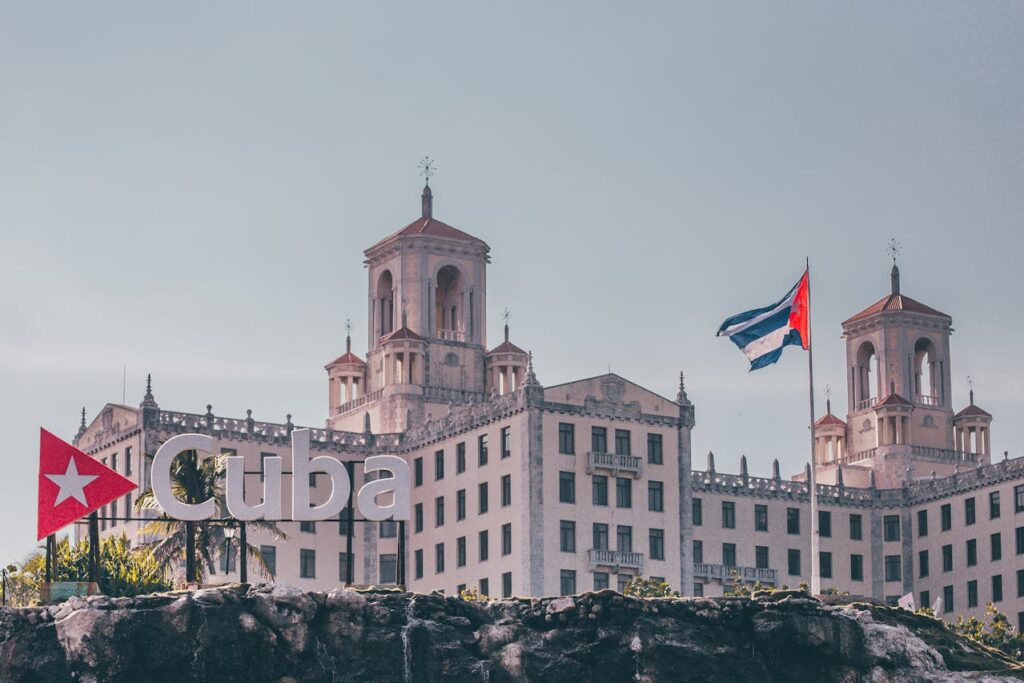
Despite political complexities, U.S. passport holders can travel legally to Cuba by qualifying under one of 12 categories of authorized travel set by the U.S. Treasury’s Office of Foreign Assets Control (OFAC). The most common option for independent travelers is “Support for the Cuban People.” Commercial flights depart daily, mostly from Miami and a few other U.S. cities.
2. Navigating Specific Travel Categories

The “Support for the Cuban People” category is most flexible for American travelers, requiring meaningful activities that strengthen Cuba’s civil society and benefit private citizens instead of state entities. Others, such as family visits, official work, and religious programs, are narrower. Visitors must ensure their activities and expenditures are directed at independent businesses rather than government-controlled sectors.
3. Supporting Cuba’s Private Sector
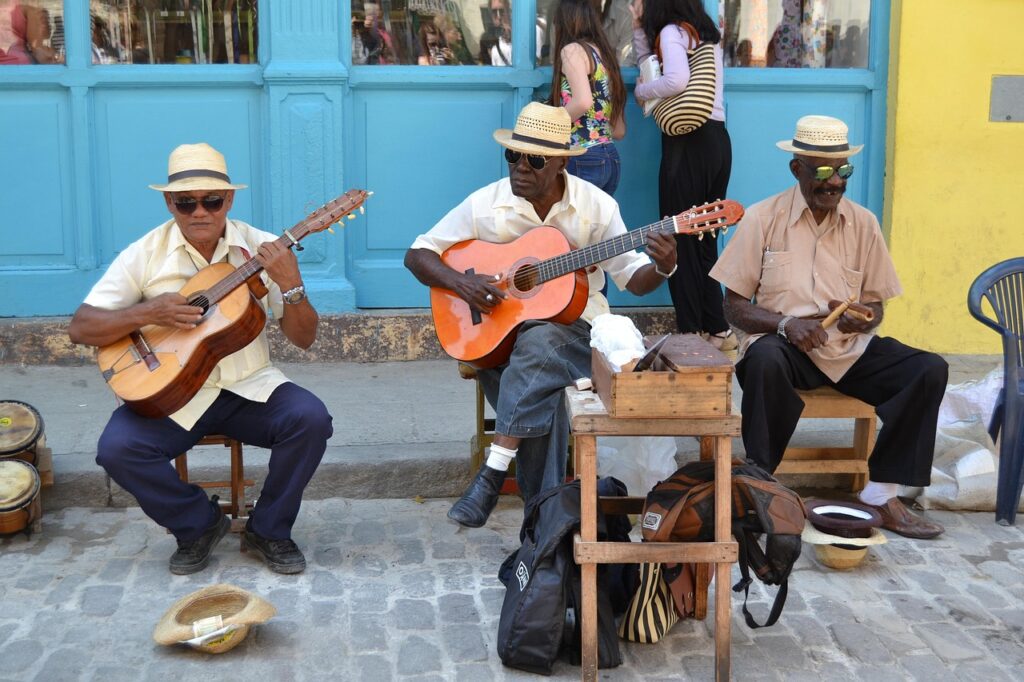
Since recent reforms, Cuba’s private economy has expanded, giving travelers more chances to support locals. Casas particulares, Airbnbs, and paladares let visitors stay and eat in establishments owned by families rather than the state. Choosing these services creates authentic local connections while meeting U.S. compliance standards. Booking directly or through licensed agencies ensures American dollars support entrepreneurs and private enterprise.
4. Required Travel Documents for U.S. Citizens
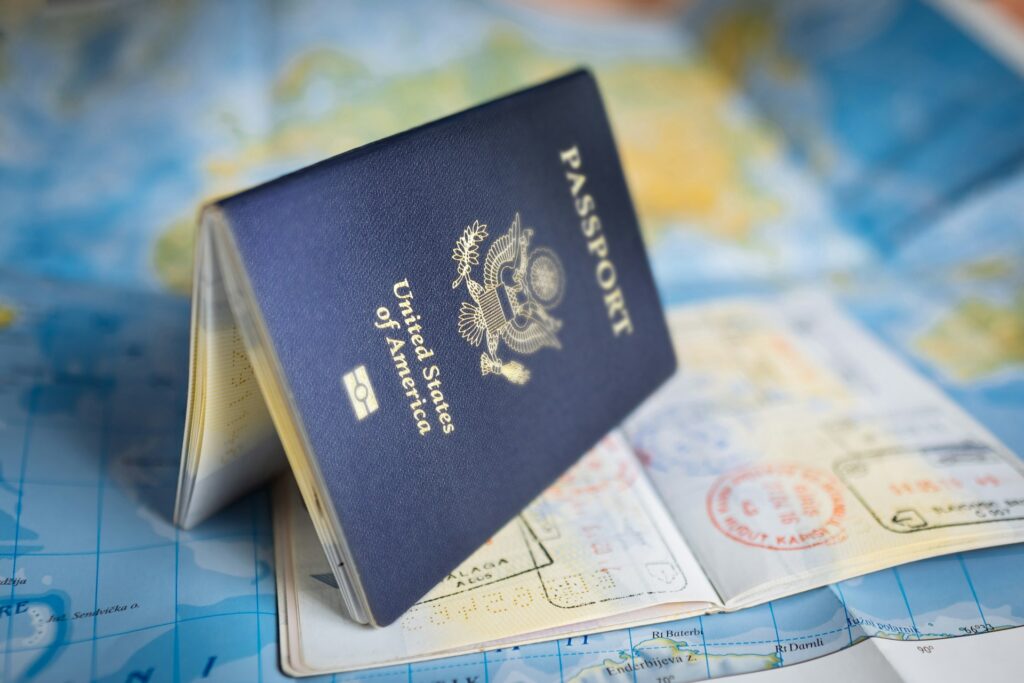
Travel from the United States to Cuba requires three documents. A valid U.S. passport with at least six months’ validity is essential. Americans also need a Cuban Tourist Card, sometimes called a visa, which airlines or providers typically issue. Finally, all travelers must complete the D’Viajeros form before entry, a digital customs and health declaration that generates the QR code needed at Cuban airports.
5. The Historical Context of Restrictions
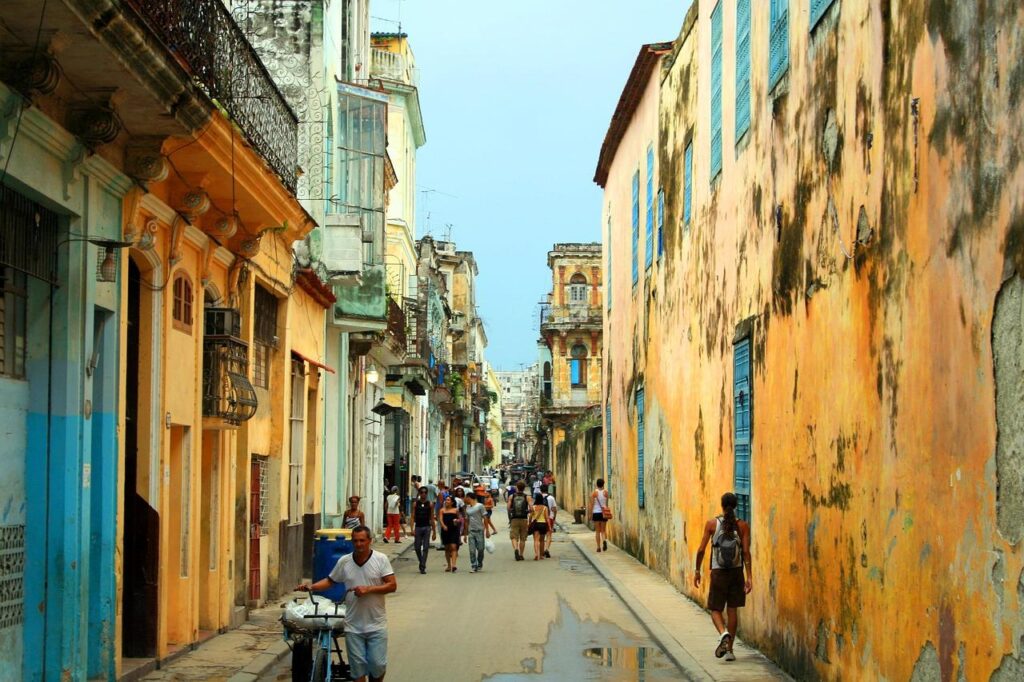
Travel restrictions against Cuba were established after 1961, tightening following the Cuban Missile Crisis. The Obama administration eased policies in 2016, expanding direct flights and allowing more flexible visits. The Trump administration reversed course in 2019 by ending “people-to-people” travel, banning cruise stops, and blacklisting many hotels. Today, independent trips remain possible under licensed categories like “Support for the Cuban People.”
6. Financial Realities: Bring Cash

American credit and debit cards do not function in Cuba, making cash essential. Visitors should bring enough U.S. dollars or euros to cover the full stay. Many private operators like guesthouses or taxis accept dollars, although euros are sometimes preferred. ATMs do not work with U.S. banks, so running out of money could cause serious problems. Carrying more cash than expected guarantees smoother and more secure transactions
7. Best Time to Visit Cuba’s Popular Destinations
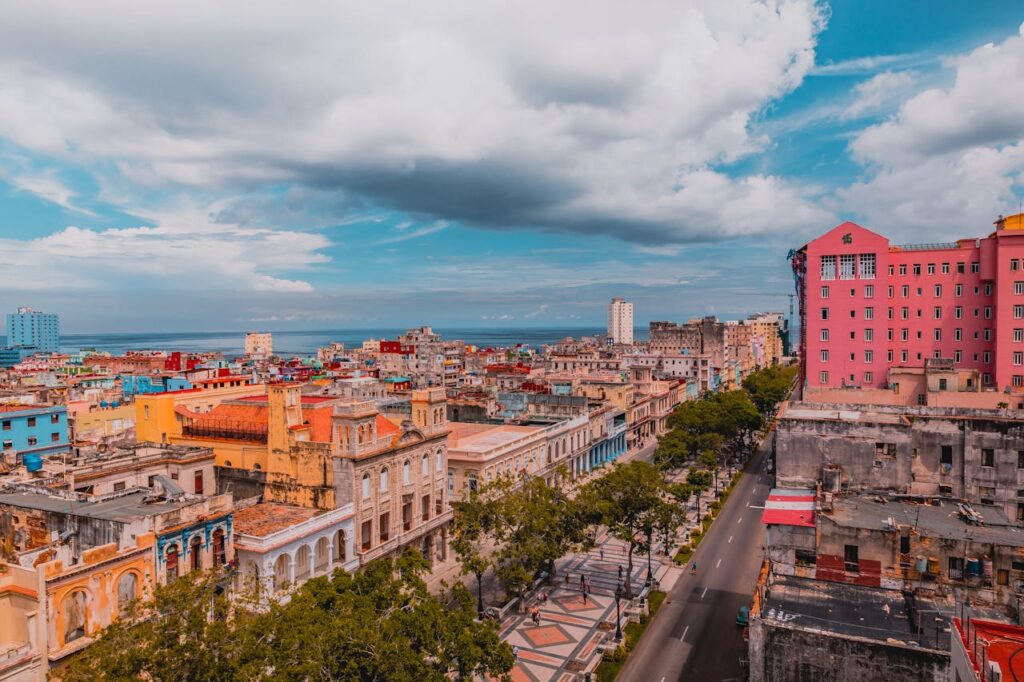
The most comfortable period to visit Cuba is December through February, when the weather is cool and dry. Travelers visiting between March and May find slightly warmer days and good conditions for swimming and sightseeing. June through October is hotter and wetter, falling during hurricane season, which can affect travel. The dry season provides better experiences overall, especially for those seeking cultural exploration and nature outings across the island.
8. Havana: The Vibrant Heart
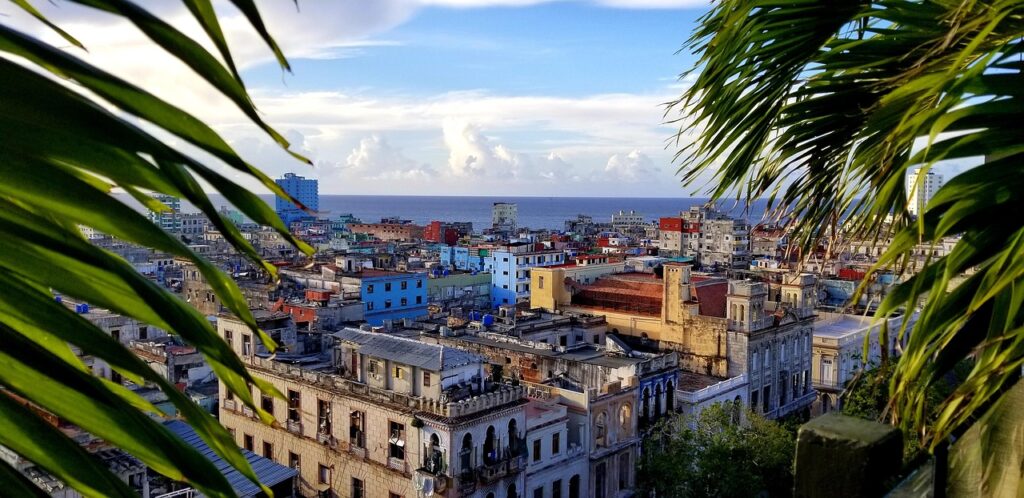
Havana is Cuba’s lively capital and blends Spanish colonial architecture, Caribbean culture, and nostalgic American aesthetics. Visitors encounter historic plazas framed by colorful facades, vibrant street life set to salsa and jazz, and fleets of 1950s cars rumbling past crumbling Art Deco buildings. Havana is a mixture of the past and the present, giving travelers the chance to experience traditions alongside a growing private sector. Culture sits at the heart of this unique urban destination.
9. Trinidad: Colonial Charm and Rural Life
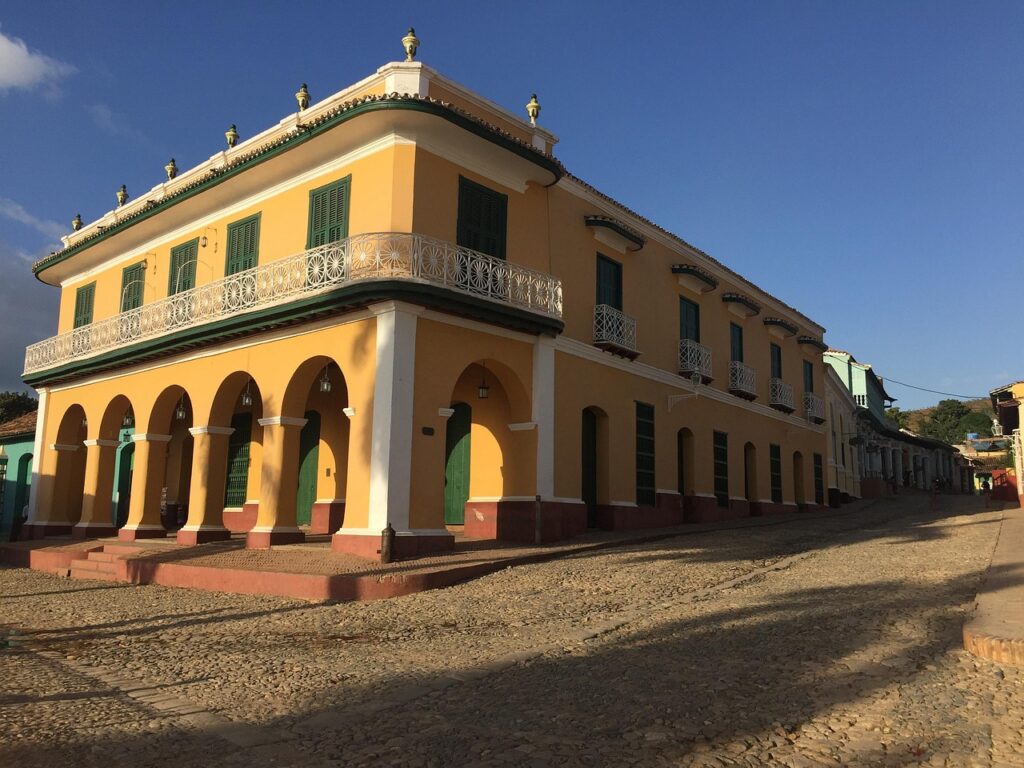
The perfectly preserved town of Trinidad feels like a step back in time, with cobblestone streets, pastel homes, and lively local music. Nestled between the Escambray Mountains and Cuba’s southern coast, it offers outdoor pursuits ranging from hiking trails to nearby diving sites. Life feels calmer here compared with Havana, allowing travelers to witness Cuba’s rural rhythms while still having access to history, art, and cultural charm within a smaller community setting.
10. Viñales: Cuba’s Natural Gem
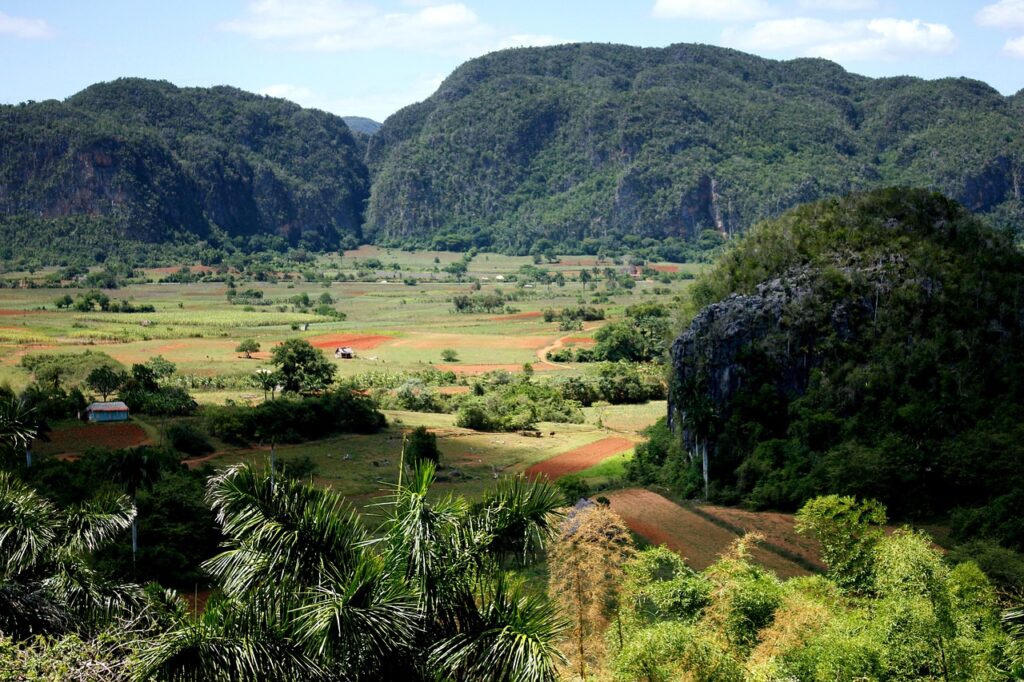
Viñales is famed for its striking mogotes, dramatic limestone hills dotting lush valleys, and its centuries-old tobacco farming traditions. The region is ideal for horseback rides, countryside hikes, bike tours, and even rock climbing on steep cliffs. Its accessibility, just about two hours from Havana, makes it a favorite escape into Cuba’s natural landscape. Visitors enjoy the mixture of outdoor adventure, agricultural heritage, and slow pace unique to this valley town.
11. Staying in Traditional Hotels
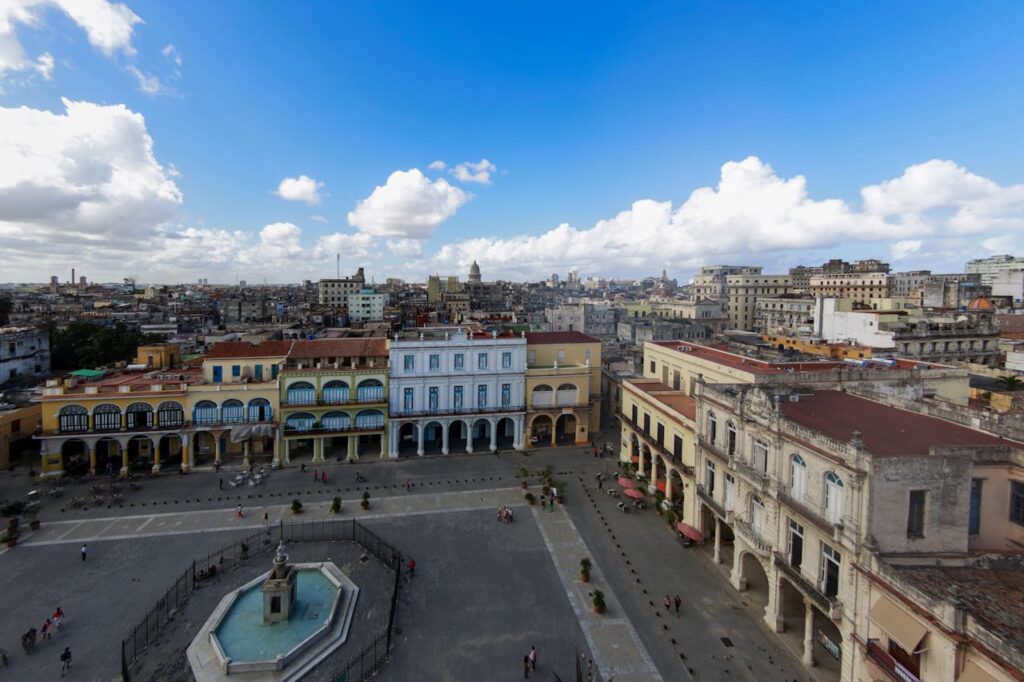
/Pexels
Many Cuban hotels remain on the U.S. Restricted List, including historic landmarks such as the Hotel Nacional de Cuba. Americans cannot book accommodations owned or operated by military enterprises. Travelers should stay in casas particulares or boutique guesthouses operated privately and not linked with state holdings. Doing so both complies with American law and supports Cuban entrepreneurs directly.
12. Embracing Cuba’s Evolving Landscape
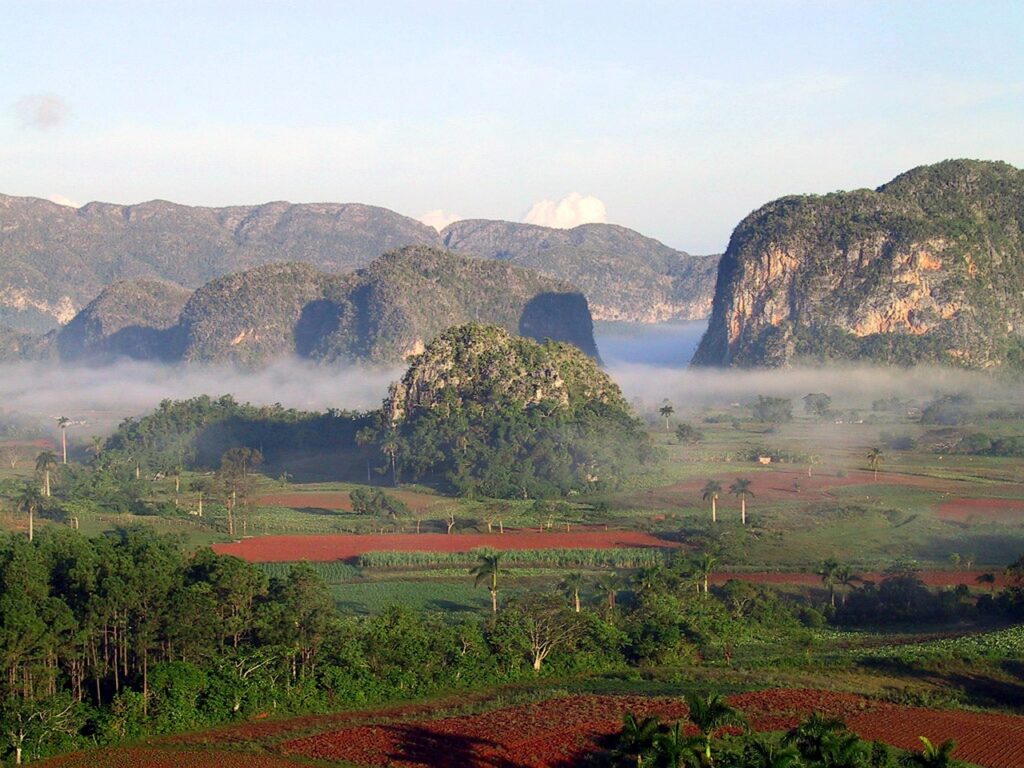
Since 2021, new reforms have allowed Cuban entrepreneurs to run private businesses and import products ranging from food to household goods. These changes have brought variety to the shops, restaurants, and hotels across the country, marking a shift in everyday Cuban life. Though shortages and power cuts still occur, they often lead to conversation and warmth. Most travelers leave Cuba feeling deeply connected to the people and inspired by their resourcefulness.
Other Blog Posts You Might Enjoy
www.idyllicpursuit.com (Article Sourced Website)
#Americans #Visit #Cuba #Heres #Idyllic #Pursuit
